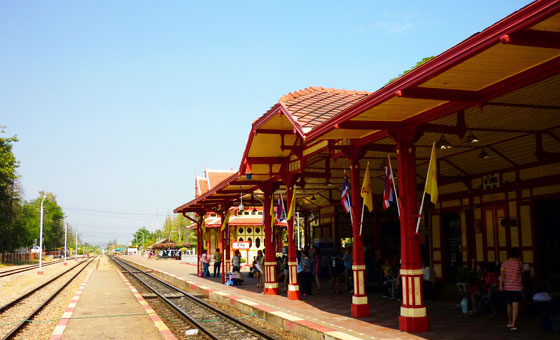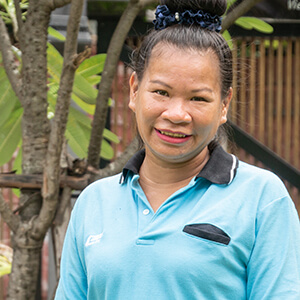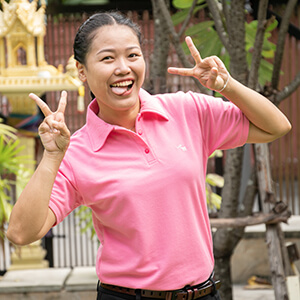The Origins of Hua Hin Town
To understand Hua Hin Train Station’s history, you first need to learn about the town itself. Hua Hin has a long and rich past that goes back much further than its current name suggests.
In 1834, a severe drought hit the nearby province of Phetchaburi. Because of this disaster, a group of farmers decided to move south. They discovered a small fishing village with beautiful white sandy beaches. However, the area didn’t get its official name until 1911, when it became known as Hua Hin. In English, this name means “Rock Head.”

How Hua Hin Became a Royal Destination
Hua Hin’s popularity began to grow rapidly in the 1920s. This growth happened for two main reasons. First, workers completed the new train line from Bangkok, making travel much easier. Second, King Rama VI built the stunning Klai Kangwon Palace as his summer retreat.
The train station became essential to the town’s development. Today, it stands as one of Thailand’s oldest railway stations. Moreover, the station features a special Royal Waiting Room that was designed specifically for the King and his court during their visits.
The Royal Waiting Room’s Journey
Initially, the Royal Waiting Room wasn’t located in Hua Hin at all. The room first stood in Nakhon Pathom at Sanam Chandra Palace, where people called it Plub Pla Sanamchan. Eventually, however, officials moved the entire room to Hua Hin.
The room’s design closely matches the style of Mrigadayavan Palace. Therefore, you should consider visiting both attractions while you’re exploring this area. Both buildings showcase the same elegant royal architecture that makes this region so special.
For those interested in experiencing this history firsthand, you can visit this attraction on our Thailand Royal Coast Experience tour.








